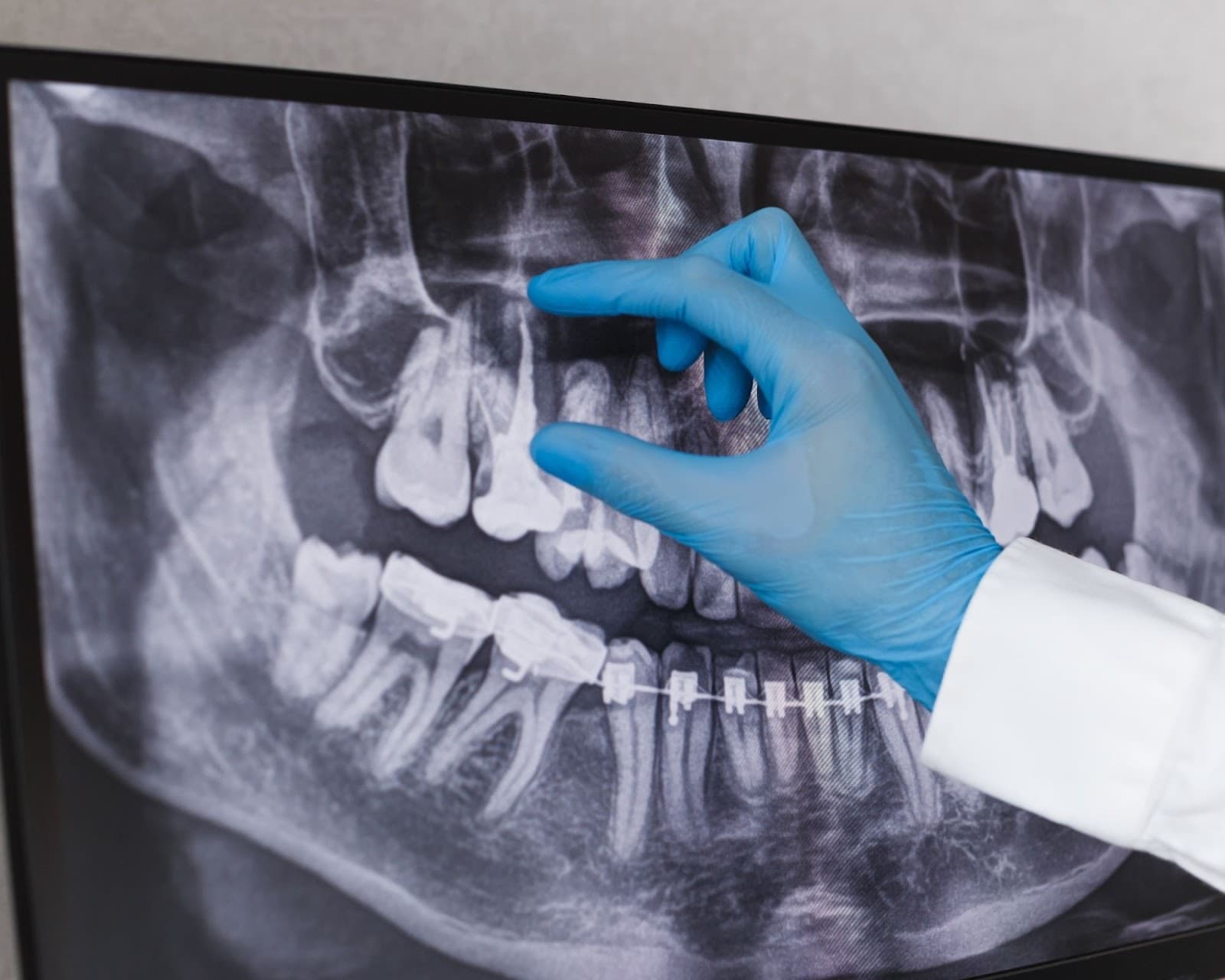
A root canal is not something anyone ever looks forward to. Even worse, there is a chance your root canal may fail. If you’re experiencing a root canal failure, it’s essential to contact your dentist right away to determine why it failed and what your options are. Taylor Dental explains everything you need to know if you’re experiencing an unsuccessful root canal.
Why Did My Root Canal Fail?
Pain or swelling around your root canal is never a good sign and could indicate a more significant issue at hand, such as a root canal failure. Before we uncover what your options are, let’s take a look at three potential reasons why your root canal was unsuccessful.
Infection Severity
When dealing with an infection, your dentist will likely recommend a root canal to remove the infection from your mouth. If the condition wasn’t caught early enough, the disease could have spread deeper into the tooth and infected the tooth’s innermost pulp and even into the bone. The earlier your tooth’s infection was caught, the better chance you have of a successful root canal treatment.
Root Canal Network
When your dentist performs a root canal, they work to remove all the dead or infected tissue in the pulp and root canals. Although this is often done thoroughly, it can pose challenges if the teeth have an intricate root canal network. When this happens, some of the diseased tissue is often accidentally left in the root canals, which can cause the infection to crop up again.
Tooth Age
The stronger your teeth, the greater the chance of a successful root canal. The older the infected tooth is, the higher the chance of infection and complications of the root canal. If you have a weak or old tooth, it is recommended that a crown is placed over the top of the tooth following the root canal to increase its structural integrity.
Treatment Options for a Failed Root Canal
Do you think you’re dealing with a failed root canal? If so, it is vital to get it looked at right away to prevent the infection from reaching other teeth. Your dentist will be able to determine which of the following recommendations is the best course of action, depending on the severity of your infection.
Root Canal Retreatment
Removing any materials placed during the first root canal, your dentist will thoroughly clean out your tooth and the canals beneath it to remove the entire infection and prevent it from continuing to spread. Once cleaned, they will refill the canals with a sealing material.
Apicoectomy
Instead of going in the same direction as the root canal, your dentist will make a small opening in the gum to gain access to the tooth’s infected root. From there, the root is cleaned and sealed to prevent further spreading of the infection. In certain instances, your dentist may also use a bone or tissue graft.
Extraction
If the infection is severe enough, your dentist may recommend total tooth extraction and dental implant to ensure the diseased tooth is removed and doesn’t create any other oral health problems.
Call Taylor Dental for Dental Implants
If you are dealing with a failed root canal, Taylor Dental can perform a thorough checkup and provide the recommended course of action to repair the tooth. Don’t put up with pain and swelling while the infection continues to spread. Instead, Taylor Dental can perform root canal retreatment or tooth extraction, if necessary.
If you have concerns about your dental implants or require other dental services, reach out to Taylor Dental’s team to schedule an appointment.




 Call Us: 406.652.9204
Call Us: 406.652.9204  Email Us: office@taylorcosmeticdental.com
Email Us: office@taylorcosmeticdental.com Visit Us: 2700 Grand Ave STE E, Billings, MT 59102
Visit Us: 2700 Grand Ave STE E, Billings, MT 59102
Leave a Reply